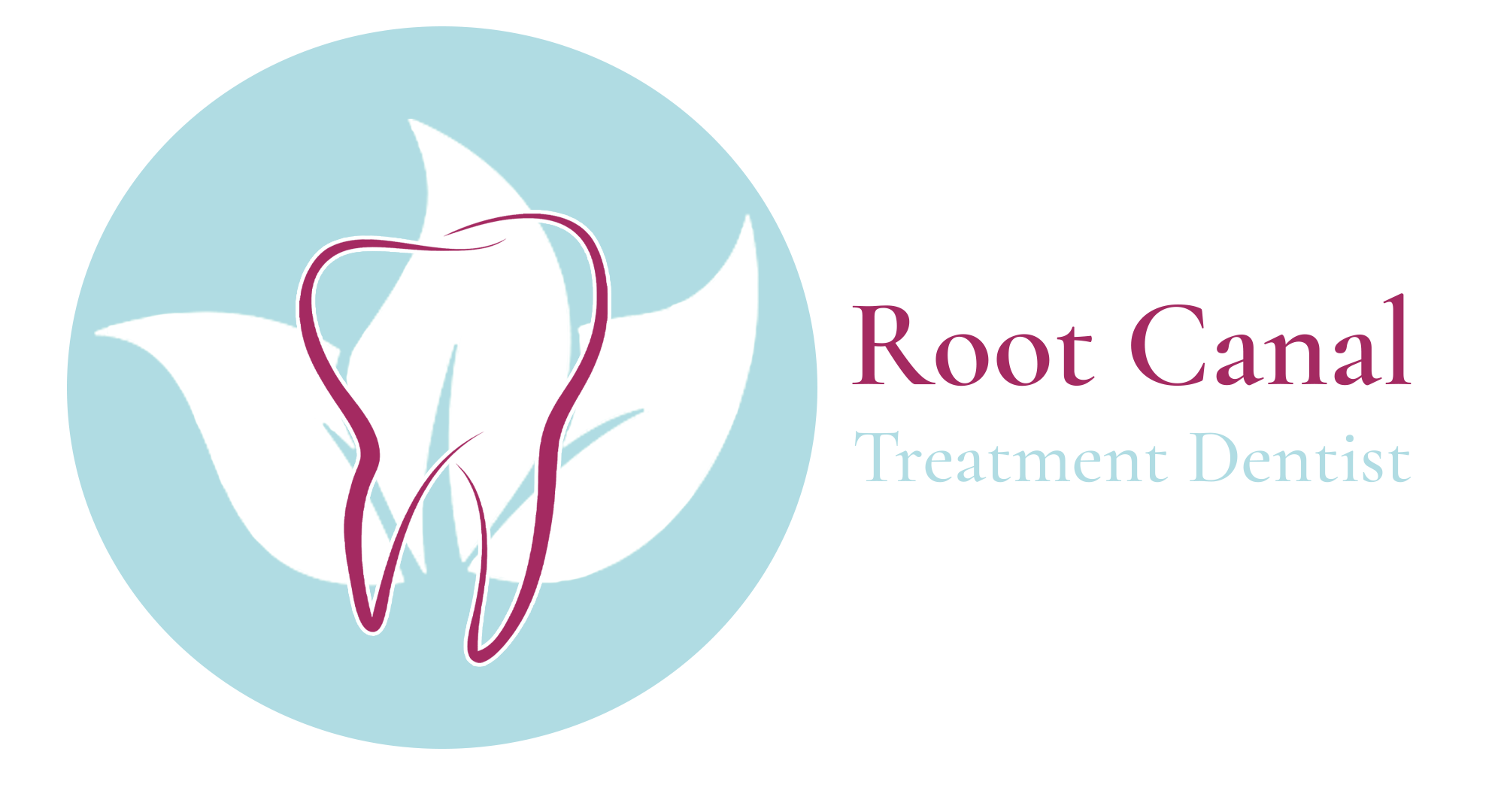
Gum Correction
A stunning smile with teeth that are a brilliant white colour can also be fascinating if the gums are healthy and pale pink. The aesthetic appearance of your teeth and smile may be harmed by exposed dental roots as a result of gum recession, gum discoloration, or even an excessive amount of gum. A "gummy grin," receding gums, or discoloured gums can all be fixed with a minimally invasive gum treatment.
Gum Reshaping & Correction: What Is It?
The risk of infection is extremely low, making gum contouring and correction treatments some of the safest surgical procedures in dentistry. Your dentist develops an evidence-based treatment plan at the initial examination to assist in getting the outcomes you desire. We need to know precisely which aspects of your smile you wish to enhance and which treatment method will do this.
Gum reshaping and correction procedures are typically carried out under local anaesthesia while using magnifying optical devices. The actual procedures typically cause no pain. Various therapy options are available depending on your needs:
Gum grafts can be used to restore receding gums. Gum correction is used to even out asymmetrical gums.
Treatment for a "gummy" smile to eliminate the appearance of excessive gum.
Treatment for Stillmann Cleft is used to repair gum injury or trauma that is apparent.
missing keratinization of the gingiva.
To straighten out an uneven gum line, use laser gum contouring.
Treatment for discoloured gums: to remove unwelcome gum discoloration.
Excessive gum development is used to treat an unsightly gum prominence that is typically brought on by medication.
We have a notion for post-operative pain management that works incredibly well at reducing pain levels. The healing process is finished after about a week, and the sutures can be taken out. After four to eight weeks, you should start to see a difference.
What causes problems with gums?L
Genes, oral hygiene, and lifestyle choices are a few examples of the elements that might affect the appearance and health of your gums. Some gum problems, such asymmetrical gums, a gummy smile, or uneven gum lines, may just be a result of heredity. These problems can now be fixed with less invasive treatment thanks to modern cosmetic dentistry technology and techniques. Physical factors like poor oral hygiene or trauma to the gumline are likely to be the cause of other gum problems like receding or damaged gums. We jointly determine the appropriate gum correction approach for you based on the cause and the diagnosis.
How do we determine the best gum repair for you?
We start by doing a comprehensive and rigorous examination of your gums, which is followed by a diagnosis of the likely issue. We always extend an invitation to patients for an initial consultation during which we do an examination, go over their problem, and explain the range of potential reasons and suitable treatment alternatives.
Once the best course of action has been decided upon, we may assist our patients in visualising the outcome by simulating the ultimate state on a stone plaster model or by creating a virtual aesthetic plan. With the help of this cutting-edge technology, we are able to analyse issues as thoroughly as possible, identify the necessary repairs, and simulate cosmetic improvements before the actual treatment begins so that we can talk with you about them.
In certain cases, we might need to take care of other issues first because they're probably what's causing the gum problem. For instance, it is crucial to first treat and resolve these concerns before beginning any aesthetic operation if the bone and root surface covering the gum is receding as a result of teeth grinding, periodontal disease, or a combination of both. In general, healthy, decay-free teeth without root canal infections and no discernible signs of active periodontal disease are prerequisites for aesthetic gum surgery.
Our gum shaping and improvement procedures.
Gum recession is treated using a gum transplant procedure. Gum recession can be unsightly in addition to potentially causing medical problems like sensitive teeth. Patients with recession frequently comment that they appear "long in the tooth," where the tooth roots are visible, and that they have "black triangles" in between their teeth, where the interdental gum has been removed, leaving significant gaps. In turn, this causes further functional issues like food accumulation and makes it more difficult to maintain healthy teeth. The only way to restore the lost gum tissue is through surgical repair using gum transplants because gums cannot regrow on their own.
Typically, two techniques are offered to treat gum recession:
the stretching of tissue, the coronally advanced flap, and the transplantation of tissue, the so-called connective tissue graft from the palatal side of your upper jaw.
Both methods are typically applied in tandem. In our clinic, every case is virtualized utilising cutting-edge technologies. This enables our dentist to perform a more thorough study and gives patients the chance to see an anticipated treatment outcome in advance.
transplanting palate tissue
Your dentist will take tissue from the palate and insert it into the gums or in the space between the gums and periosteum during this operation. Alternately, your dentist may opt to utilise synthetic grafts in order to avoid using a graft from your palate.
There is still a little open incision at the location where your graft was removed, but this usually heals rapidly and the danger of infection is quite minimal. The palate wound can be stitched shut with the remaining gingiva when only connective tissue is used for the transplant.
The treatment is performed while receiving local anaesthesia. Despite its complexity, the actual operation only takes 45 to 60 minutes to perform. For up to four to six weeks following the surgery, brushing your teeth as usual could be challenging, but our team can provide you with support and guidance in this area. The transplantation of connective tissue without the surrounding skin is typically less painful following the procedure, despite the high success rates of both techniques.
Without removing a transplant from the palate, the exposed tooth root surface may be covered if there is sufficient connected gingiva below the receding gum. This is frequently referred to as a "gum lift."
The first procedure involves delicately separating a portion of the gum tissue from the underlying bone. The tissue can then be repaired by gently pulling it up and toward the tooth's enamel border. The gum flap is released from stress via special incisions. Sutures are used to secure the newly positioned gums so they can progressively recover. Additionally, the process is done while receiving local anaesthesia.
When the top lip is more mobile than the gum, the result is a gummy smile. The teeth, lips, jaws, and gums are the main factors that determine the attractiveness of your smile. Each essential element must work in unison with the others. There isn't much you can do to stop a gummy grin from developing if one of the causes is genetic, but there are several ways to fix it.
Several factors, such as a thin upper lip that is inherited, teeth that are little in relation to the gums owing to wear or heredity, larger gums, an expanded upper jaw, or teeth that have not fully erupted and are still partially covered by gum tissue, can result in gummy grins.
The cause of a gummy smile or excessive gum tissue will determine the best course of treatment.
Options consist of:
It is occasionally possible to repair "too much visible gum" with braces or invisible braces like Invisalign to move the bite into the proper position and hide the gums' prominence if the underlying cause is modest and related to the jaws or teeth.
Orthognathic surgery is the best option for a more significant jaw protrusion. In order to achieve this, an oral surgeon must first reshape the upper jaw to the proper size, then raise it into the perfect position before fastening it with plates and screws.
If the teeth are too short owing to wear or genetics, veneers, fillings, or crowns can lengthen the teeth and enhance the tooth-to-gum ratio.
A dentist or periodontist can do gum reshaping by taking a little amount of gum tissue out if there is excessive gum tissue present. The superfluous gum tissue is taken out and reshaped in this process by the dentist to reveal more of the teeth and enhance the appearance of your smile.
By removing gum tissue and/or bone to expose more teeth and allow the gums to retract back into place, crown-lengthening surgery can be utilised to shape the bone and the gums. The technique to fix a gummy smile is typically done while receiving a local anaesthetic injection. A minor gum reshaping can be required after three months. Veneers and/or teeth bleaching can be done in conjunction with this surgery.
If the cause of the gummy grin is an overly short or hyperactive upper lip, lip repositioning surgery coupled with orthodontic treatment may be a useful alternative to jaw surgery.
Botox is a less expensive alternative to surgery for treating gummy smiles when the upper lip is hypermobile. It only works when the upper lip is the cause of the exposed gums, and the results are only transient, lasting about three to four months. Botox is injected into the lip by a specialist to paralyse the muscle and stop it from raising excessively when you smile.
All of our dentists and specialists have the knowledge required to identify the root of your gummy grin, and they will also take into account every aspect of your smile to make sure it is aesthetically pleasing.
Your dentist will do a thorough examination of your teeth, lips, jaws, and gums during your initial appointment. They will also provide you with a diagnosis and assist you in selecting the best course of action for your needs.
If you need the assistance of a periodontist, cosmetic dentist, or oral surgeon, we are skilled at working as a team with other in-house dental health professionals to make sure the process goes smoothly and without any hiccups.
Sometimes you can cause "gingival recession" by brushing too vigorously or slipping and hurting your gums. In such cases, your dentist may suggest a two-graft gum repair strategy to address the issue.
While the second gum tissue graft is collected by raising a small flap on the palatal side of your upper jaw and extracting a little portion of the underlying tissue, the first graft restores the damaged tissue. This is known as a connective tissue graft.
These quick fixes stabilise the problem and can stop any additional recession or gum disease.
When chewing, the top portion of the gums closest to the tooth's neck receives a lot of pressure and is firmly anchored to the tooth's neck as well as the underlying bone. This tissue is lost as a result of gum disease, tooth grinding, or accidents, particularly in the area around dental implants. As a result, germs may enter through the gums, potentially resulting in gum inflammation and gum disease.
A tiny flap is produced in the upper jaw to restore the gum, and a tiny piece of skin is removed and placed on the lower jaw. This local anesthetic-assisted minor tissue grafting surgery is typically completely painless. For a few weeks after the gum graft has been removed, the wound is sensitive to hot meals.
Sometimes one of our patients' gumlines may be a little uneven, and despite its minor flaw, this can make the patient feel self-conscious and unconfident about their smile. That can be fixed using laser or scalpel gum reshaping while under local anaesthetic. Gum contouring is one of the safest and least infectious dental operations one may undergo.
When performing apicectomies, amalgam filling material has occasionally been utilised to retroactively fill tooth roots.
Sometimes the silver component of the amalgam diffuses into the soft tissue, discolouring it a silvery-gray colour. The discoloured tissue is removed during a minor surgical operation, and the missing tissue is replaced with a graft taken from the palate.
Some patients frequently complain about excessive gum growth brought on by medication. A list of drugs that can stimulate gum growth is shown below. If several medications are administered simultaneously, they may make the illness worse.
Treatments

Our patients in North Dublin receive the best general dentistry care. Dublin's top dentist for general dentistry.
View more
Root canal procedures are necessary when the the soft tissue located inside the root canal, becomes irritated.
View more
Our skilled dentists provide the latest aesthetic dentistry techniques to help you obtain a beautiful smile.
View moreGet In Touch
Opening Hours
Monday
7.30am to 10pm
Tuesday
7.30am to 10pm
Wednesday
7.30am to 10pm
Thursday
7.30am to 10pm
Friday
7.30am to 10pm
Saturday
7.30am to 10pm
Sunday
7.30am to 10pm
Late Night Family Dentist, Open 7 Days a Week
Dentist Open in Dublin 365 Days a Year
Dentist Open on Saturdays & Sundays
Dentist Open on Bank Holidays
01 525 2805
Reviews
It is my 3rd time going to see Laura, first time Laura was so helpful, I was very nervous and worried, have had a lot of work done she always reassured me, I'm so glad I listened to her !, I have beautiful teeth and I could not be happier I didn't think it was possible to have a lovely smile ? still continuing with her, she is so lovely and caring and professional, also Sarah too and rest of girls. Thanks so much.
Dr. Laura Fee and the entire team are amazing, so friendly throughout and really reassuring! I recently had a wisdom tooth extraction under sedation and didn’t feel a thing. Everything was explained very clearly and I felt totally comfortable - would recommend this dental practice to anyone, they really do go above and beyond!
After a number of years away from the dentist I bit the bullet and went and so happy I did, Dr. Laura and her team made me feel so relaxed and they provided top-quality service. I didn't even realize the job had been done and to top it off best prices around highly recommended
Visited the clinic myself for the first time today along with my son who was having his first visit to the dentist too. We had a really great experience, Dr. Fee and all of the staff were so friendly, it was a really positive experience! My son even said he had a brilliant time, so that speaks for itself! I would highly recommend the clinic and delighted to have this service in the community!
I don't normally leave reviews but wanted to say thanks so much to Dr Laura for her great work this weekend. I'm quite a nervous patient but she had me completely at ease for my treatment this morning. Also highly recommend for children - her and the nurses were fantastic with my son and his teddy Justin Beaver! They went above and beyond in making sure he had a great experience! he's now so excited for his next six month check and I'm thrilled he won't be growing up with a fear of the dentist! Thanks again!
I couldn't recommend Dr Laura Fee & the Smile Hub Dental Clinic enough. Top class service from someone that previously had a fear of the dentist 🤜 🤛
Couldn’t recommend Dr Laura enough, amazing work done throughout the clear braces process and couldn’t be happier with the results.
My daughter had an accident late at night. When I phoned that night they were able to get her in at 07.30 the next morning. All friendly and helpful staff. Very happy with the dental work care carried out. Would highly recommend.
The team were fantastic. They saw me on Paddys Day for an emergency. Life savers and so friendly. My dentist was incredible. Thank you all!